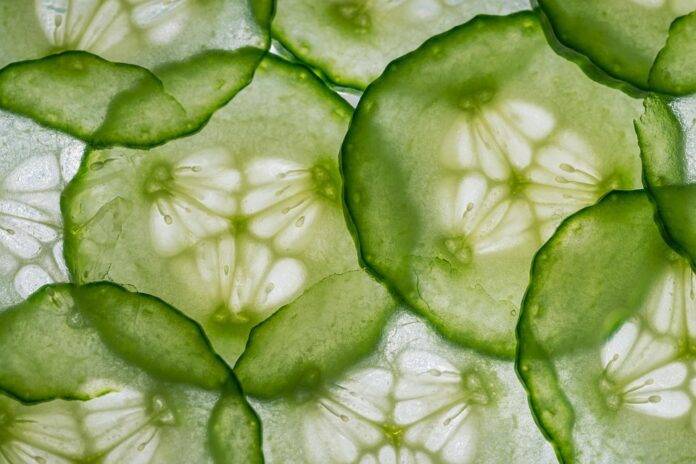Introduction
Cucumbers have been a staple in diets around the world for centuries. These versatile vegetables can be eaten fresh, pickled, or used in a variety of dishes. In recent years, there has been a growing demand for processed cucumber products, particularly pickles. This report will explore the business of processed cucumber products, from farm to pickles.
Farming of Cucumbers
Cucumbers are typically grown in warm, sunny climates with well-drained soil. The farming process begins with the planting of cucumber seeds in the soil. These seeds are then watered regularly and monitored for pests and diseases. Once the cucumbers reach maturity, they are harvested by hand or using machinery.
In the United States, the top cucumber-producing states are California, Florida, and Georgia. According to the USDA, the total cucumber production in the US was 1.8 billion pounds in 2020.
Financials
The average cost of growing cucumbers is around $1,500 to $2,000 per acre. This includes expenses such as seeds, fertilizer, water, and labor. The revenue generated from selling cucumbers can vary depending on market prices and demand.
Processing of Cucumbers
Once the cucumbers are harvested, they are transported to processing facilities where they are washed, sorted, and prepared for pickling. The cucumbers are then placed in jars or containers along with a brine solution made of vinegar, water, salt, and spices. The pickles are then pasteurized to ensure they are safe for consumption.
Volumes
According to the International Pickle Packers Association, the US pickle industry produces over 5 billion pounds of pickles annually. This includes a variety of pickled products such as dill pickles, bread and butter pickles, and sweet pickles.
Market Trends
The demand for pickles and other processed cucumber products has been steadily increasing in recent years. This can be attributed to factors such as changing consumer preferences, increased interest in fermented foods, and the growing popularity of international cuisines.
According to market research firm Mintel, the global pickle market is expected to reach $12.8 billion by 2025, with a compound annual growth rate of 3.7%.
Examples
One example of a company capitalizing on this trend is Claussen Pickles, a subsidiary of Kraft Heinz. Claussen offers a range of premium pickles made with fresh cucumbers and natural ingredients. The brand has seen success by appealing to consumers looking for high-quality, artisanal pickles.
Challenges and Opportunities
While the processed cucumber products industry is thriving, there are also challenges that companies must navigate. These include fluctuations in cucumber prices, competition from other pickled products, and changing consumer preferences.
However, there are also opportunities for growth in this sector. Companies can explore new flavor profiles, expand into international markets, and innovate with packaging and marketing strategies to attract new customers.
Scenarios
For example, a company could introduce a line of spicy pickles to cater to consumers who enjoy bold flavors. By leveraging social media and influencer partnerships, the company could generate buzz around their new product and attract a younger demographic.
Conclusion
The business of processed cucumber products, particularly pickles, is a thriving industry with opportunities for growth and innovation. From farming to processing, companies in this sector play a crucial role in meeting the growing demand for pickled products around the world.



